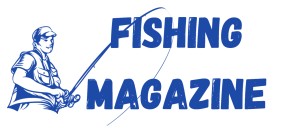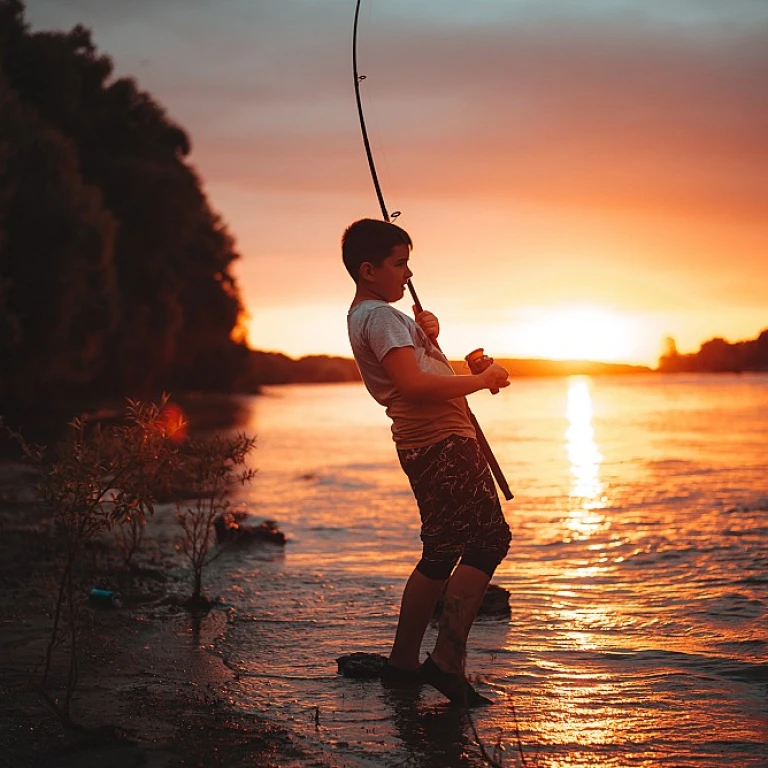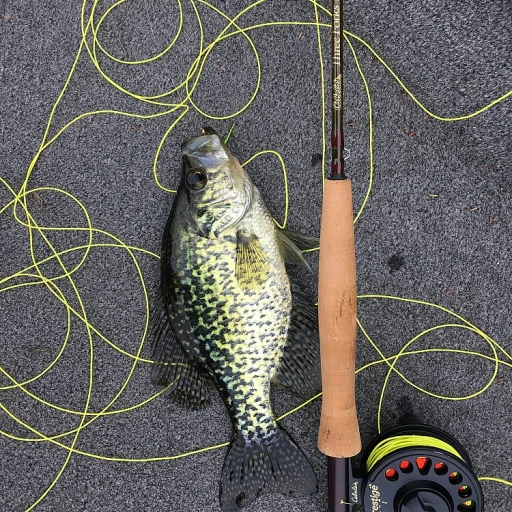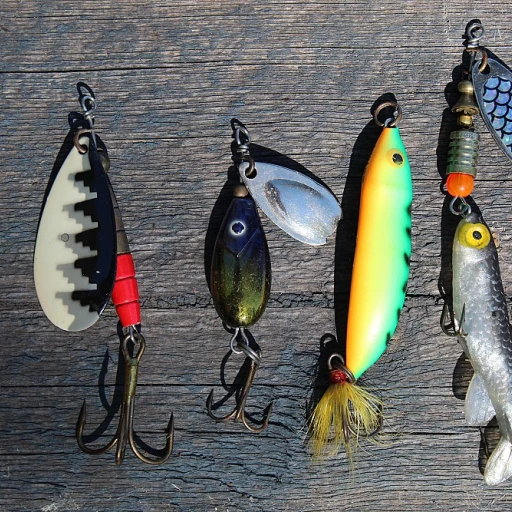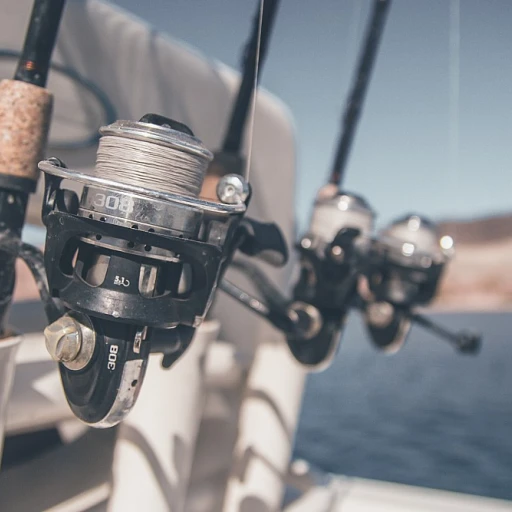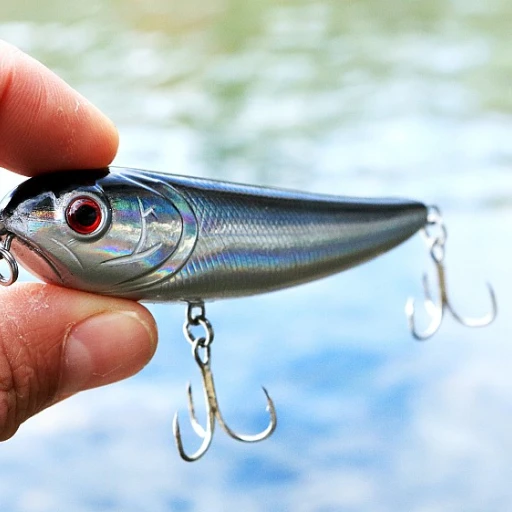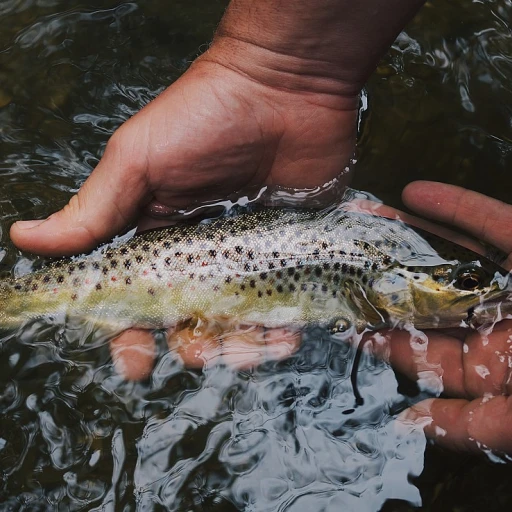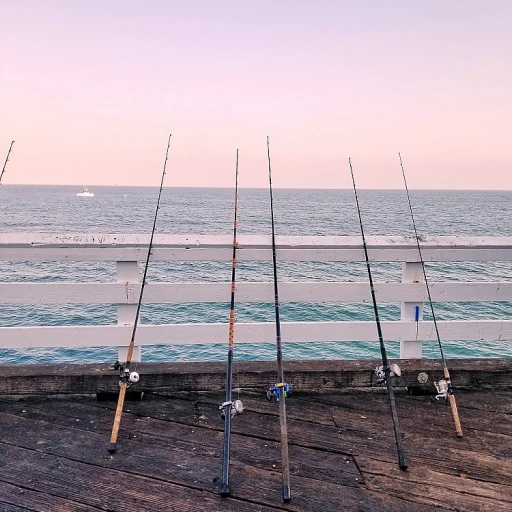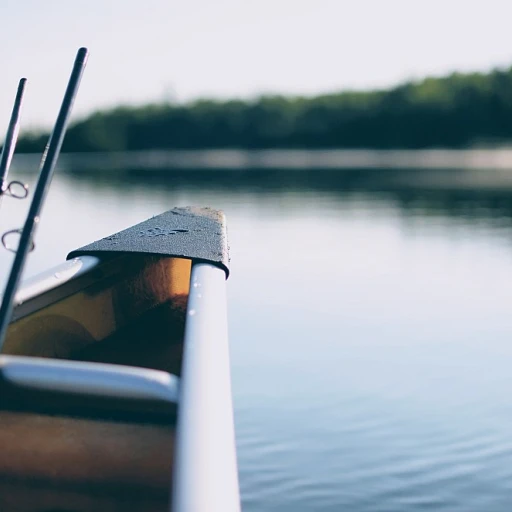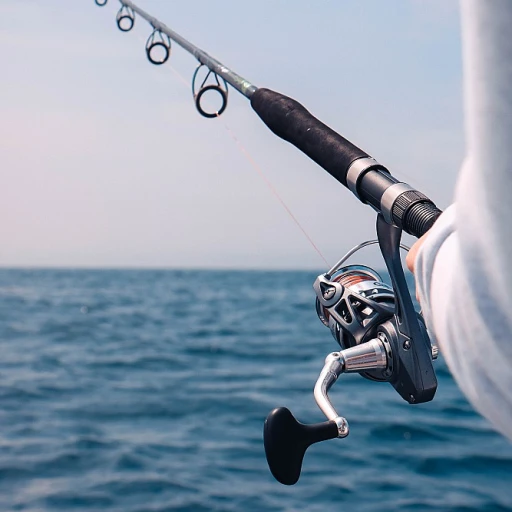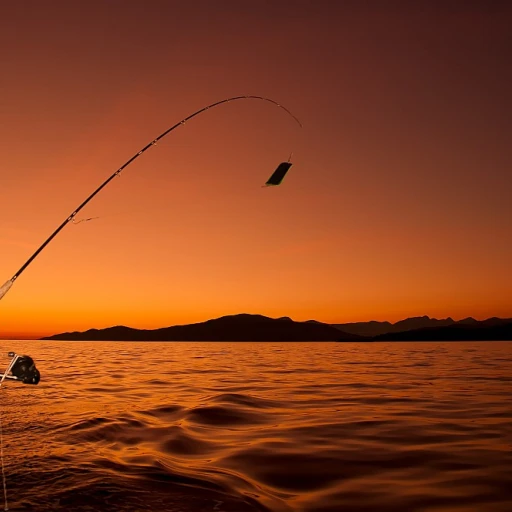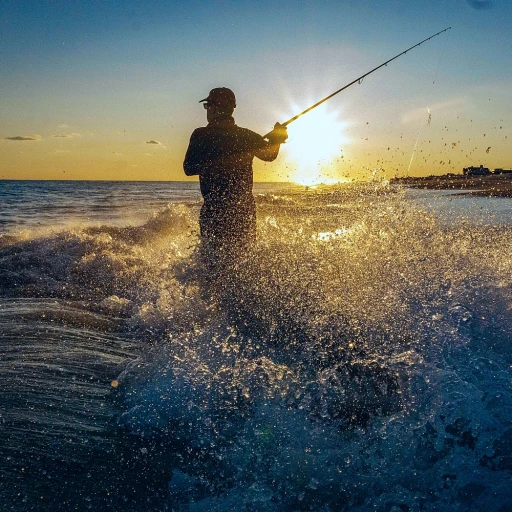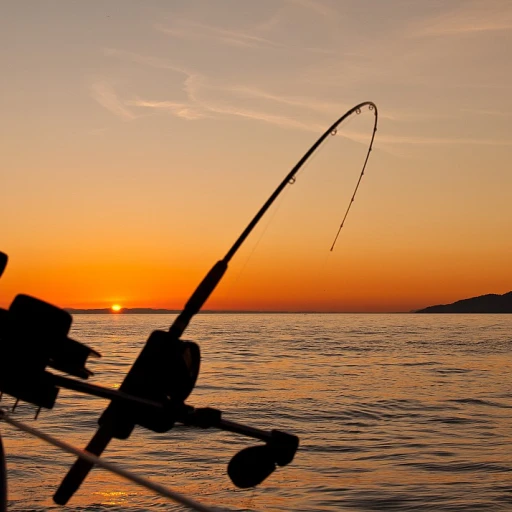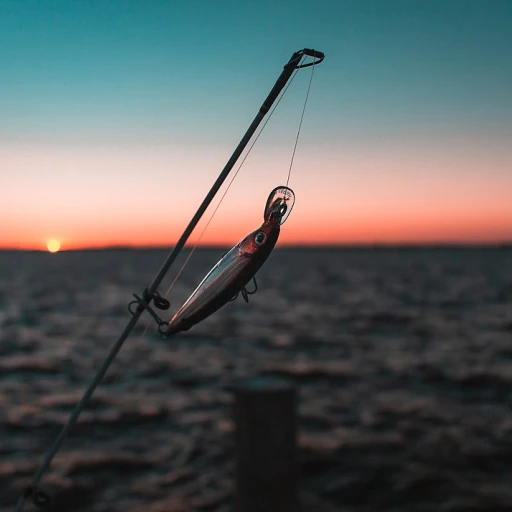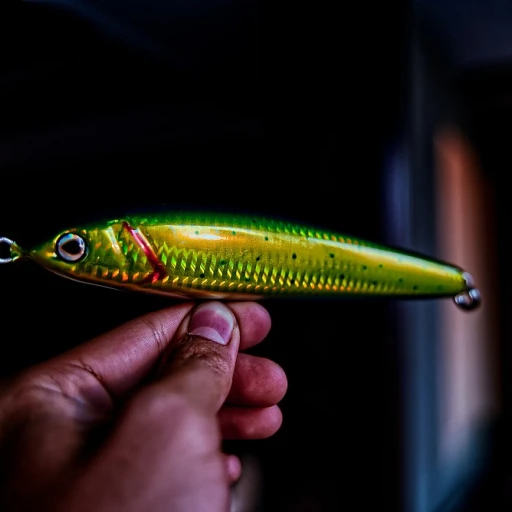
Understanding the Caddis Nymph Fly
Decoding the Caddis Nymph Fly
The caddis nymph fly is a staple in the fly fishing world, particularly when targeting trout. Understanding its role and characteristics is essential for any angler looking to enhance their fishing experience. The caddis nymph represents the larval stage of the caddis fly, a crucial food source for fish. These flies are designed to mimic the natural movements and appearance of caddis larvae and pupae in the water.
Typically, caddis nymph flies come in various patterns and sizes, such as the bead head caddis, hare ear, and sparkle pupa. Each pattern serves a specific purpose, whether it's imitating the caddis pupa or the cased caddis. The olive and black color variations are popular choices, as they closely resemble the natural hues of caddis larvae.
When selecting a caddis nymph fly, consider the water conditions and the behavior of the trout. The right choice can significantly impact your success on the water. For those interested in fly tying, crafting your own caddis nymphs allows for customization in size and pattern, ensuring you have the perfect fly for any situation.
To further improve your fly fishing skills, consider integrating strike indicators into your setup. These tools can help you detect subtle bites, increasing your chances of a successful catch.
Selecting the Right Caddis Nymph Fly
Choosing the Perfect Caddis Nymph for Your Needs
When it comes to fly fishing, selecting the right caddis nymph fly can make all the difference in your success on the water. With a variety of patterns, sizes, and colors available, it's essential to understand what works best for your target fish and fishing conditions.
Start by considering the versatility of elk hair in fly tying. This material is popular for its buoyancy and natural appearance, making it an excellent choice for caddis nymphs. Elk hair caddis flies are particularly effective when targeting trout, as they mimic the natural movement of caddis larvae and pupae.
Factors to Consider
- Size: The size of your caddis nymph fly should match the natural insects in the water. Sizes can range from small to large, with size 14 to 18 being common for trout fishing.
- Color: Olive, black, and brown are popular colors that closely resemble natural caddis larvae. Consider the water clarity and light conditions when selecting your fly color.
- Pattern: Different patterns like the hare's ear, sparkle pupa, and peeping caddis offer unique presentations. Experiment with various patterns to see what attracts the most fish.
- Bead Head: Adding a bead head to your fly can help it sink faster, making it more effective in deeper waters or faster currents.
Keep an eye out for sales and prices in USD when purchasing your flies. Many retailers offer discounts on bulk purchases, allowing you to stock up on a variety of patterns and sizes without breaking the bank.
By carefully selecting your caddis nymph flies, you can enhance your fly fishing experience and increase your chances of landing that prized trout. Remember, the right fly can be the key to unlocking the secrets of the water.
Techniques for Fishing with Caddis Nymph Flies
Mastering Techniques with Caddis Nymph Flies
Fishing with caddis nymph flies can be an exhilarating experience, especially when you know the right techniques to employ. These flies, mimicking the caddis pupa and larva stages, are incredibly effective for trout fishing. Here are some methods to enhance your fly fishing skills with these versatile patterns.
Drift and Presentation
The drift is crucial when using caddis nymph flies. Aim for a natural presentation by allowing the fly to drift with the current, mimicking the natural movement of a caddis larva. This technique is particularly effective with patterns like the cased caddis or the bead head caddis olive. Adjust the weight of your fly or add a split shot to ensure it reaches the desired depth.
Using the Right Fly Patterns
Choosing the right fly patterns is essential. The sparkle pupa and iris caddis are popular choices, especially in olive and black colors. These patterns can be tied in various sizes to match the hatch. Experiment with different patterns and sizes to see what works best in your local waters.
Employing Soft Hackle Techniques
Soft hackle techniques can be particularly effective when fishing with caddis nymphs. The movement of the soft hackle in the water can mimic the natural motion of a caddis pupa. This technique is best used in slower currents where the subtle movement can attract fish.
Enhancing Your Gear
To maximize your success, consider enhancing your fly fishing gear. A quality rod and reel, along with the right line, can make a significant difference. For more tips on improving your setup, check out our guide on enhancing your catch.
By mastering these techniques, you'll be well on your way to becoming proficient in using caddis nymph flies. Remember, practice and experimentation are key to discovering what works best in your fishing environment.
Common Mistakes and How to Avoid Them
Tips to Stay on Track with Caddis Nymph Flies
When it comes to mastering the use of caddis nymph flies, avoiding common mistakes is key to enhancing your fly fishing experience. Here are several pitfalls fly anglers encounter and how you can steer clear of them during your fishing adventures.- Choosing the Wrong Pattern or Size: With a plethora of fly patterns such as the caddis olive, hare ear, and elk hair caddis, it's important to carefully select the right fly for your specific fishing situation. Matching the hatch is crucial, so observe the natural caddis in the water and grab a fly that mimics what the fish are feeding on. Typically, caddis nymphs come in a variety of sizes and colors including black, olive, and the unique sparkle pupa design.
- Overlooking Seasonal Variations: Different fly patterns work better at different times of the year, and caddis pupa fly tying needs to reflect the seasonal changes. Pay attention not only to water temperature but also to which insects are prevalent during your fishing trip, ensuring the flies you carry match the natural conditions.
- Incorrect Fly Presentation: Presentation is everything in fly fishing, especially when using flies like the caddis larva or a soft hackle fly. Ensuring your fly drifts naturally in the water column can entice even the most selective trout. Avoid drag by using a longer leader and practice precise casting techniques.
- Neglecting Water Depth: Using the right weight to reach the desired water column can be tricky. Bead head patterns can help your fly reach the correct depth where fish are feeding, particularly when targeting those elusive trout hidden in deeper pools.
Enhancing Your Fly Fishing Gear
Upgrading Your Fly Fishing Gear for a Better Experience
Having the right gear is essential when you're fishing with caddis nymph flies. Here are some key upgrades you might consider for your next fly fishing adventure.
- Fly Patterns Variety: Ensure you have a diverse assortment of caddis fly patterns in your tackle box. The inclusion of caddis nymph, soft hackle, sparkle pupa, and caddis pupa patterns can improve your chances of mimicking the natural prey that trout favor.
- Quality Fly Tying Tools: When you tie your own flies, investing in top-notch fly tying tools such as an ergonomic fly tying vice can make a noticeable difference. These tools help you master intricate designs like the elk hair olive caddis or the bead head variation for a more authentic presentation.
- Rod and Reel Matching: Align your rod and reel with the size and type of flies you'll be using. For caddis nymph fishing, a lightweight rod fitted with a quality reel ensures a smooth cast and helps land the fish effectively.
- Improved Fly Line: Consider upgrading to a fly line designed for casting small flies like the caddis larva and caddis olive. Lines that provide a soft landing on the water are preferable to avoid spooking the trout.
- Cost-Effective Purchases: Keep an eye out for usd sale events on high-quality fishing gear online, which might offer essential equipment at a reasonable price.
- Bespoke Patterns: Sometimes, you may need to adapt or create fly patterns specific to diverse water conditions and fish behavior. The hare ear or peeping caddis might be advantageous to add to your collection.
Making these strategic upgrades to your fly fishing gear will not only enhance your overall experience but also increase your chances of a successful catch. Remember, selecting the right gear is just as important as mastering your fly fishing techniques.
